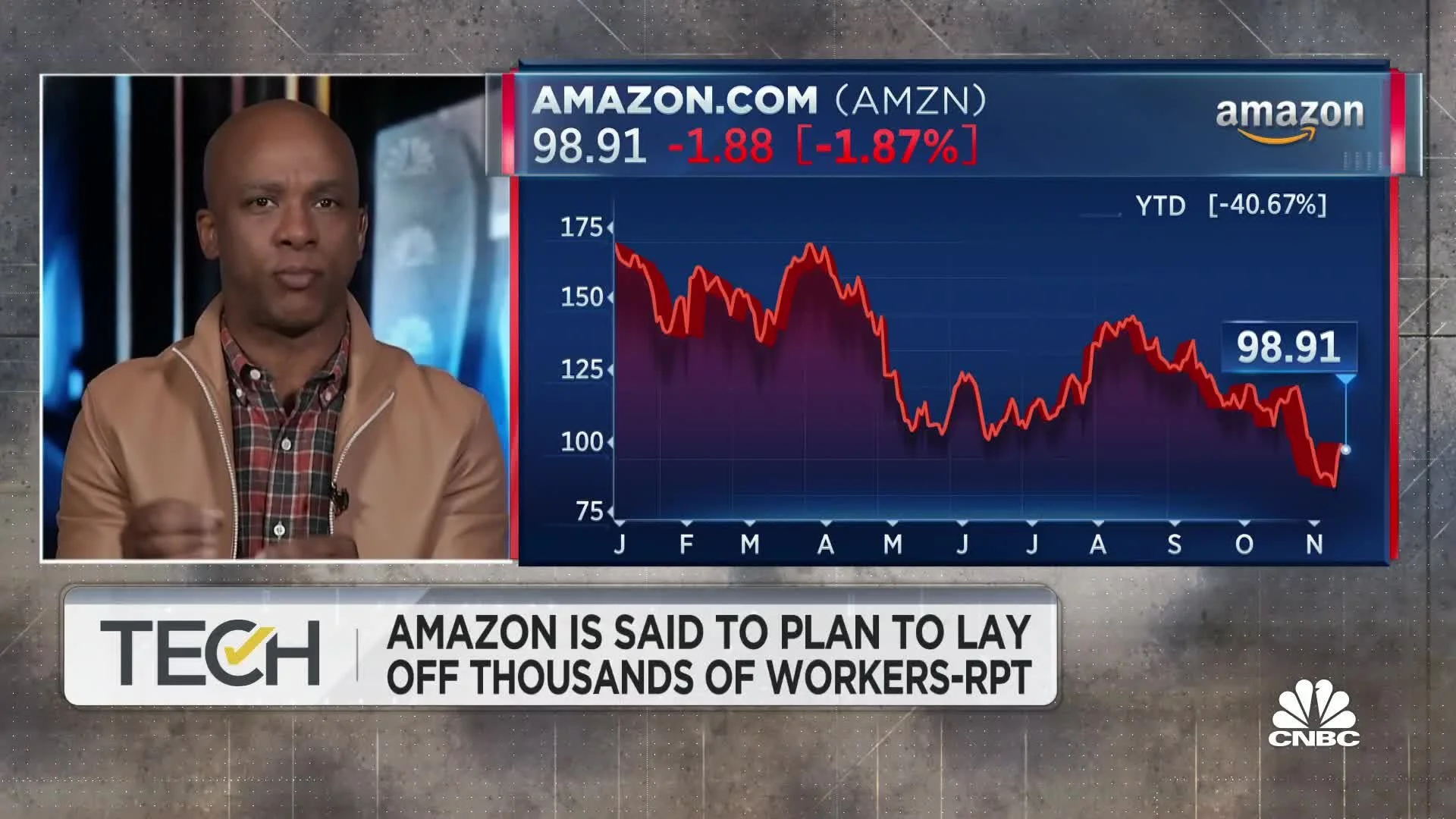What Is The Best Checklist for Your eCommerce Strategy? [Definitive Guide]
Even today, many new ventures are starting eCommerce from scratch and need help getting things off the ground. Whenever someone asks me about planning a new initiative, you need a few critical elements:
What is the Foundation of a Strategic eCommerce Business Plan?
Who is the undistracted, accountable owner?
What is our Clear North Star and Differentiation?
What are our legal, regulatory, tax, privacy, accessibility, security or other "table stakes" elements we should consider?
Have A Clear Picture of Your Customer: Who is This For? What is the Offer?
What are the Demographics, Psychographics, Behaviors, Locations, and Market Size of our priority customer segments?
What are our hero product(s) and brand narrative for their evaluation, acquisition, and use?
What other product categories do we plan to offer and at what price points and landed costs?
eCommerce Customer Journey and Capabilities: How Will We Serve The Customer?
What is the end-to-end customer journey from awareness through acquisition, usage, reorder, warranty, replacements, upgrades, returns, product end of life, etc.?
What is the prioritized list of capabilities needed to serve this customer journey? Be sure to consider delivery, installation, and service.
Capability Planning: Tips for Implementing Your Strategic Plan: People, Process, and Technology
What elements do you need and when to serve this customer consistently over time? (people, process, technology, and data)
Should you focus on a buy, build, or partner approach for each required element (people, process, technology, data)?
What is the approximate cost of the different approaches?
How should these elements and approaches be sequenced?
Multi-year Income Statement and Capitalization Plan: How Will We Make Money Using eCommerce?
What is our expected traffic, conversion rate, income statement, CAC, LTV, and AOV over time?
What elements of our costs are fixed vs. variable?
How do these metrics flow into our gross revenue, discount strategy, cost of goods, gross margins, and net margins?
What elements can you capitalize, if any?
What are your investment requirements by quarter and year, and payback period?
How Do I Plan During Uncertain Times? What Could Go Wrong?
Obviously, the state of the economy can heavily influence your plans for the future. So the question is, "What should companies be doing differently during mixed economic times?”
The main thing that is different during boom times versus mixed times (we aren't in a bust, it's mixed) is that your future product revenue mix is likely going to be very different going forward than it is looking backward.
As a result, your planning process must fundamentally change.
Strategic Planning The Old Way:
You have a sales team pumping up your current business
You have a "New Business" team trying to incubate emerging products and channels
Each group looks at different data, focusing on year-over-year growth primarily. Perhaps your new business group is building a few experiments with no particular timeline.
Mostly, they don't collaborate on planning, except through the CEO and how much they allocate to each group.
Strategic Planning The New Way:
All managers on equal footing across the entire business looking at the same customer data, behaviors, and trends.
All managers engaged in developing a shared understanding across the company about customer behaviors.
The CEO leads a structured planning process to improve the firm's mission and strategy based on that new fundamental learnings.
What the "new way" allows is fresh eyes on the business. A fundamental belief going into the process that things could be different now:
You have opportunities in new customer segments which were not there before.
Your previous messaging is stale or tired and not resonating in this environment. You could even discover you didn't have clear messaging at all, instead, you were benefiting from economic tailwinds that have stopped.
How Do I Implement an eCommerce Plan?
Planning is fundamental, but it really just involves a few things:
all leaders working from the same set of facts.
all leaders focusing on helping customers in the market, rather than defending their turf or justifying past decisions.
working across functions - rather than in silos - and believing that every group has a unique perspective to help build the firm's path forward.
2023 will be here before you know it, and all indications that things will not just reset back to 2019. What's worse, continuing on the current path could in some cases accelerate the decline of your business.
A "new normal" may not end up looking great at all, unless you put in the hard work.
As you might expect, a big part of my consulting business is helping investors and leaders with clear structured planning processes that can help you understand and react quickly to the market. Whether that means brands, retailers, marketplaces, or SaaS - these are all connected to the same eCommerce ecosystem.
How Do I Conduct a Yearly Planning Cycle?
Plans are nothing, planning is everything. If you know what you are expecting up front, you understand intuitively how to adjust. Here’s a few final bits of guidance for those planning for 2023:
Review your ideal customer profiles
Customers' priorities change in different times, you may find that you can address segments that you used to avoid, and you should be deprioritizing segments that you used to favor.
Consider refreshing your messaging
It is highly unlikely that the same message will resonate the same way as it did in the middle of COVID. This is particularly true if you change your target market.
Plan for a range of outcomes
Start with something simple. What if traffic drops? What if it rises? What if the conversion rate drops? What if it rises? What if our annual contract value drops? What if it rises?
Look to Pull in Costs
If you've had growth for the last 4-5 years, there are likely internal efficiencies to rein in. Aim for 25% as a baseline. If you can do better, great. But looking for 5% cost savings will likely get you zero. Look for the hard gains too. It's easy to cut variable costs. It's harder to redesign a process to make serving your customer more efficient and improve that service at the same time.
Think Big
A big mistake many companies make is when they get nervous, they stop being creative. Sometimes constraints bring clarity. One question I always liked was "If I were to relaunch the entire company from scratch today, what would I do differently?"
Last Advice on eCommerce Strategy and Planning
Most people when they focus on planning, they overemphasize the “how” and forget about the “who”. I’ve been doing this for 20+ years.
You can do a great job implementing a strategy, but if you don’t understand your audience, you will waste a lot of money. So if I were going to over-index on any part of this strategy, it’s actually the basics. Who is your audience, and what motivates them? Do you have a written document that explains this? Does your team understand who they are targeting and how you will differentiate your offer in the market?
How Will You Grow Your eCommerce Company?
When growth is elusive, I am an expert at asking incisive questions to surface the real issues and then present straightforward ideas that your team can actually implement.
Mistakes are expensive. They cost money, of course. What’s worse is the opportunity cost. I work with investors and management teams worldwide to help them get a handle on their digital business plans to execute a clear path forward.
For more on strategic planning, you might also like:




![What Is The Best Checklist for Your eCommerce Strategy? [Definitive Guide]](https://images.squarespace-cdn.com/content/v1/5e924549c2923c644b9de05f/1671142961946-ORZRF5NQDJ8K9CD7FOXY/Add+a+heading+%281%29.png)




